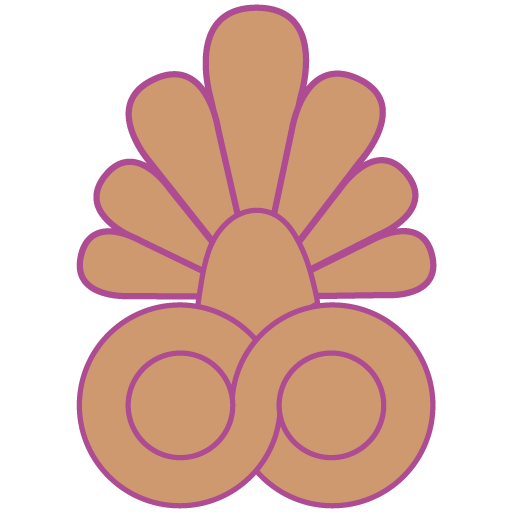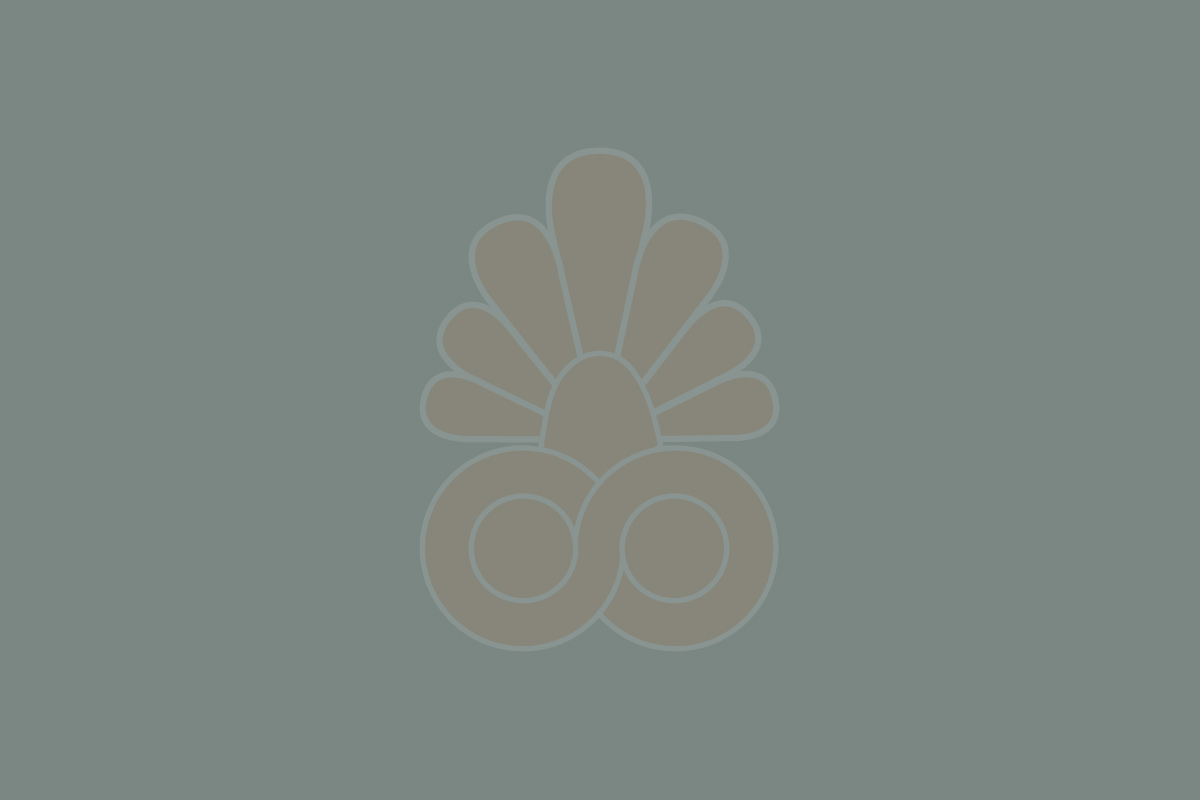Metic
-

Semele
Read more: SemeleSemele, a beautiful princess, the daughter of Cadmus, king of Phoenicia, was greatly beloved by Zeus. Like the unfortunate Callisto, she was hated by Hera with jealous malignity, and the haughty queen of heaven determined to effect her…
-
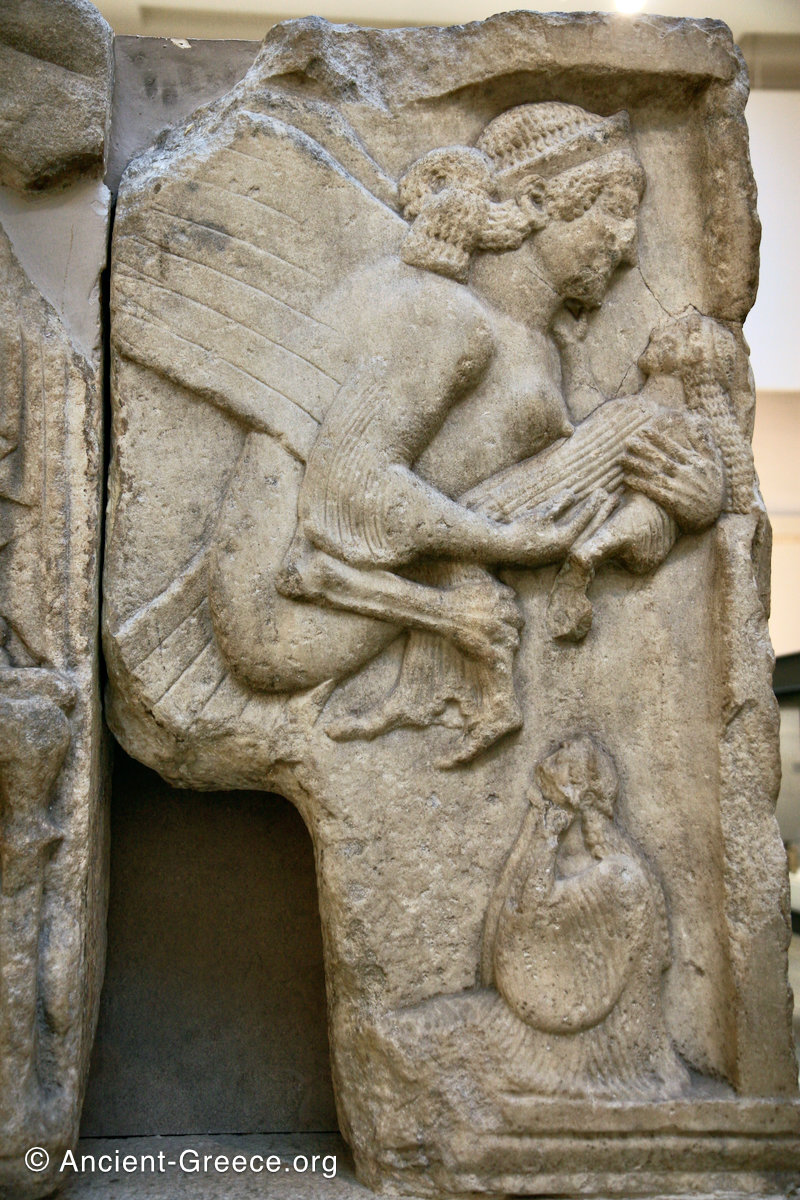
Sirens
Read more: SirensThe Sirens Σειρήνες (The Sirens) would appear to have been personifications of those numerous rocks and unseen dangers, which abound on the S.W. coast of Italy. They were sea-nymphs, with the upper part of the body that of…
-

Sphinx
Read more: SphinxEgyptian Deity The Sphinx was an ancient Egyptian divinity, who personified wisdom, and the fertility of nature. She is represented as a lion-couchant, with the head and bust of a woman, and wears a peculiar sort of hood,…
-

Thanatos & Hypnus
Read more: Thanatos & HypnusThanatos and Hypnos Thanatos (Death) and his twin-brother Hypnus (Sleep) were the children of Nyx. Their dwelling was in the realm of shades, and when they appear among mortals, Thanatos is feared and hated as the enemy of…
-

Thaumas
Read more: ThaumasThe early Greeks, with their extraordinary power of personifying all and every attribute of Nature, gave a distinct personality to those mighty wonders of the deep, which, in all ages, have afforded matter of speculation to educated and…
-
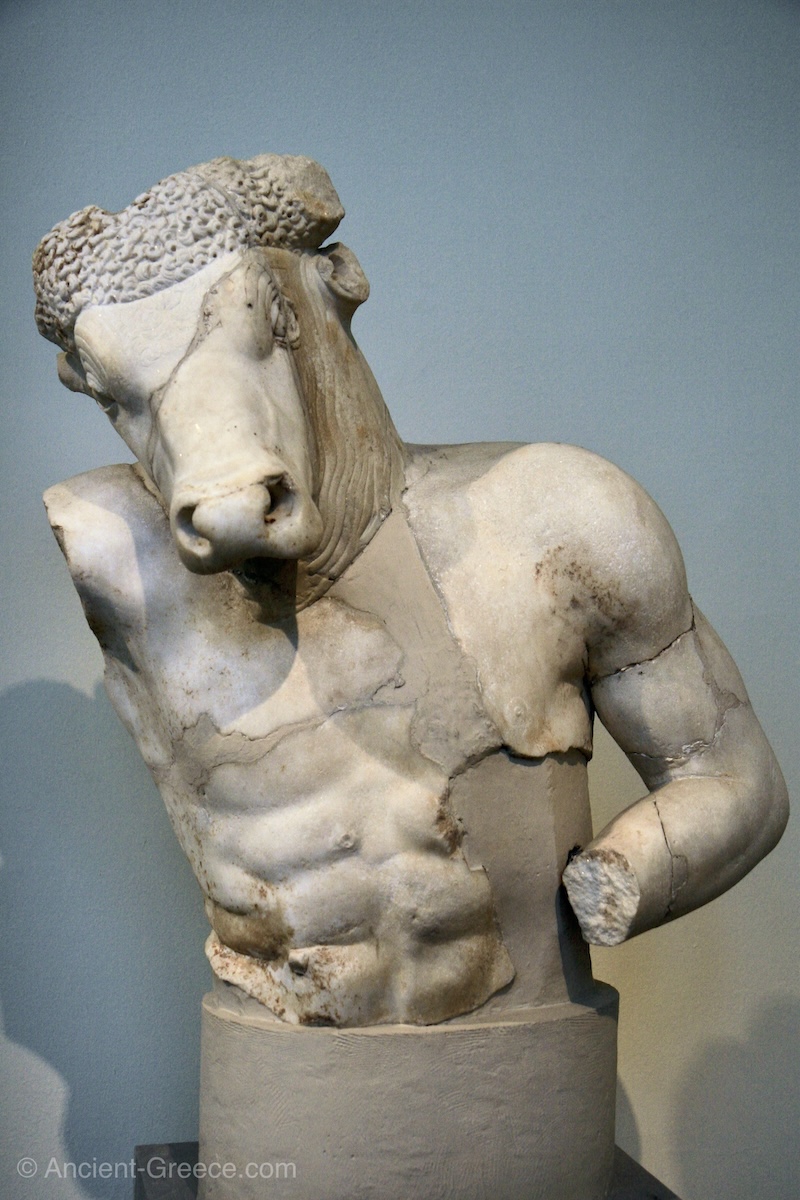
Theseus and the Minotaur
Read more: Theseus and the MinotaurThe Minotaur The Minotaur was a terrible monster with the body of a man, and the head of a bull, born from the union of Pasiphae and the bull offered as a gift to Minos by Poseidon. His lair…
-
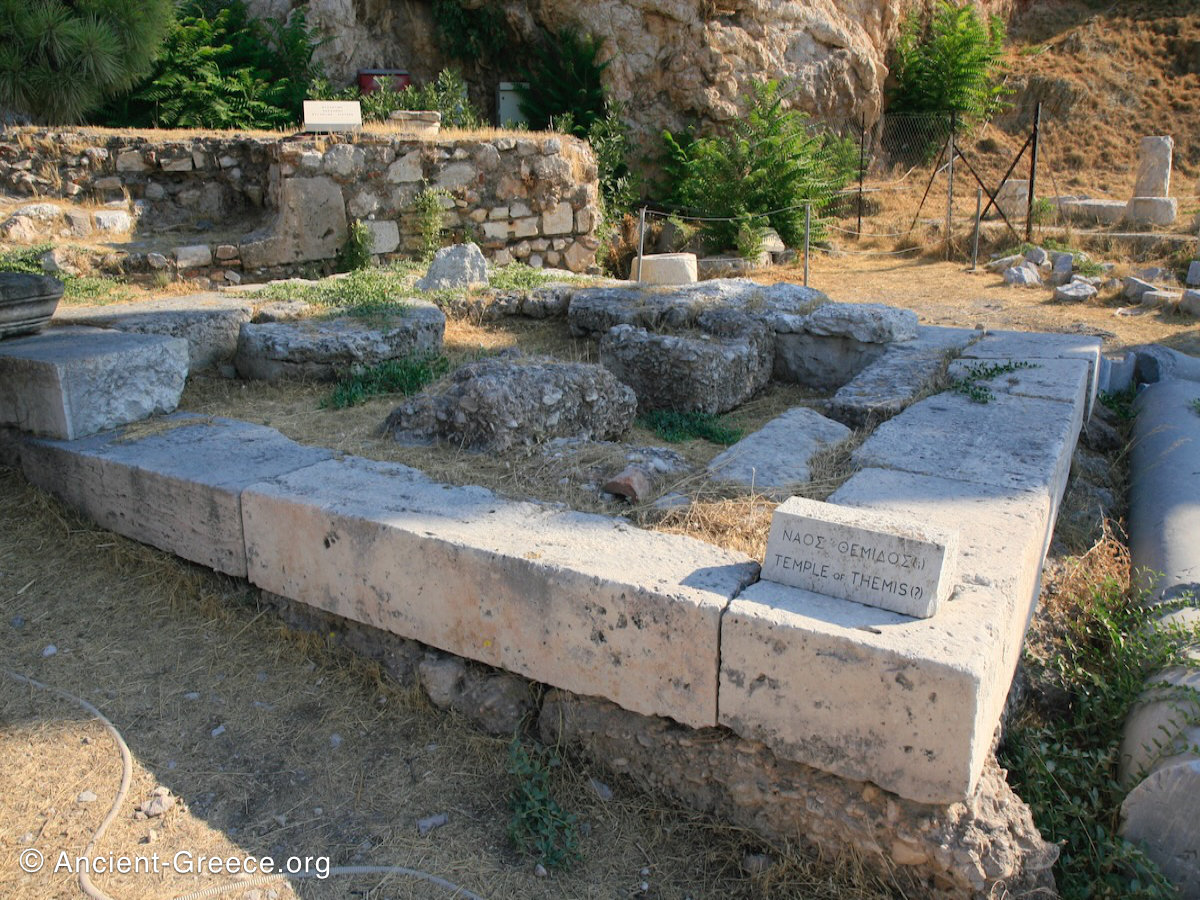
Themis
Read more: ThemisThemis Θέμις (Themis), was the goddess of Justice, Law, and Order. Themis, who has already been alluded to as the wife of Zeus, was the daughter of Cronus and Rhea, and personified those divine laws of justice and…
-

Triton
Read more: TritonTriton and the Tritons. Triton was the only son of Poseidon and Amphitrite, but he possessed little influence, being altogether a minor divinity. He is usually represented as preceding his father and acting as his trumpeter, using a…
-

Tyche & Ananke
Read more: Tyche & AnankeTyche personified that peculiar combination of circumstances which we call luck or fortune, and was considered to be the source of all unexpected events in human life, whether good or evil. If a person succeeded in all he…
-

Uranus and Gea
Read more: Uranus and GeaThe ancient Greeks had several different theories with regard to the origin of the world, but the generally accepted notion was that before this world came into existence, there was in its place a confused mass of shapeless…

